Citing the message “Joining hands for a comprehensive early warning system” of the World Meteorological Organization (WMO) on the occasion of World Meteorological Day 2025, a representative of the Ministry of Agriculture and Environment said that forecasting models using artificial intelligence (AI) will have higher accuracy and shorten the time to issue warnings, giving the community more time to respond.
Moreover, hydrometeorology and natural disasters are cross-border issues and require global coordination and sharing of data. Therefore, by investing in an early warning system, WMO member countries, including Vietnam, can continuously receive real-time hydrometeorological monitoring data, helping to consolidate input information sources to make better forecasts and warnings.
Increased accuracy with wider range
According to WMO, today, new technology combined with huge hydrometeorological data sets are changing the way early warning of natural disasters is provided. In fact, over the years, AI and other technological improvements have brought many benefits. In particular, the ability to digitize and store increasingly large historical climate data has helped improve the accuracy of long-term forecasts and serve to build plans to respond to climate change in the distant future.
In Vietnam, the immediate research on AI applications is for forecasting storms, rains and other dangerous phenomena that rarely occur according to the law. To date, the National Center for Hydro-Meteorological Forecasting (Department of Hydro-Meteorology, Ministry of Agriculture and Environment) has initially applied AI to the storm intensity forecasting model.
Director of the National Center for Hydro-Meteorological Forecasting - Mr. Mai Van Khiem said that the initial results of applying AI to the above model are very positive with higher accuracy than traditional tools. This model will be deployed by the hydro-meteorological sector during the 2025 flood season.
The National Center for Hydro-Meteorological Forecasting is also testing the application of AI for hydrological, flood, and inundation forecasts based on input factors, including: Forecast, observation, natural factors, reservoir operations...
The problem with the hydrometeorology industry is that AI processing requires a lot of information infrastructure, financial resources as well as a team of highly qualified experts in information technology. Currently, there are few AI human resources, especially AI with a solid grasp of specialized fields such as hydrometeorology. To train them, the salary mechanism is also difficult to attract and retain in the long term. In addition, the AI computing and processing infrastructure requires fast processing chips at high costs.
However, with the importance of science and technology, especially in the context of increasingly complex climate change, it is clear that if we do not invest in and take advantage of the power of science and technology, we will certainly fall behind. Therefore, the application of artificial intelligence in forecasting is urgent!
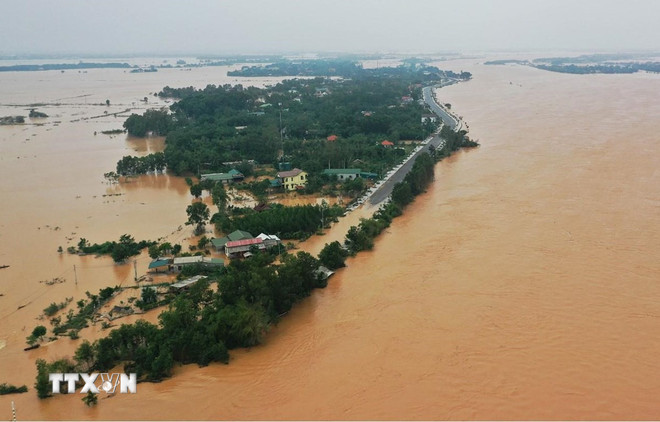
Associate Professor - Doctor Pham Thi Thanh Nga, Institute of Meteorology, Hydrology and Climate Change, said that the current trend and speed of AI development in the world is very fast, so Vietnam can immediately access new technologies. Domestically, there are also major orientations of the Party and Government. In particular, Resolution No. 57-NQ/TW of the Politburo on "Breakthrough in science, technology, innovation and national digital transformation" will be a policy breakthrough, breaking down barriers to develop science and technology.
Perfecting the early warning system
Mr. Hoang Duc Cuong - Deputy Director of the Department of Hydrometeorology, said that implementing Resolution No. 57-NQ/TW, the hydrometeorology sector has deployed many solutions to improve the capacity of forecasting and early warning of natural disasters such as: Increasing the quantity and quality of meteorological, hydrological and oceanographic monitoring stations, especially in key areas and areas at high risk of natural disasters in the direction of modernization and automation; enhancing modern monitoring solutions such as weather radar, marine radar, and satellite cloud imaging applications.
The industry also focuses on developing modern forecasting and warning technologies that are close to those of developed countries in hydrometeorology, such as high-resolution digital models for storm forecasting, rain and flood forecasting, flash flood and landslide warnings; integrating the impacts of climate change on natural disasters into hydrometeorological forecasting plans; receiving and developing advanced and modern forecasting technologies and processes from other countries.
In the coming time, the Department of Hydrometeorology will continue to coordinate with localities and units under the Ministry of Agriculture and Environment to accelerate the implementation of the Project "Early warning of landslides, mudslides, flash floods in the midland and mountainous areas of Vietnam" and the Program to update disaster risk zoning, create disaster warning maps, especially disasters related to storms, storm surges, floods, flash floods, landslides, droughts, and saltwater intrusion; strive to thicken the station network by 2030, with the average density across the entire network reaching the same level as that of developed countries in Asia; the automation rate reaching over 95%...
Regarding the early warning system, Mr. Mai Van Khiem - Director of the National Center for Hydro-Meteorological Forecasting, said that according to WMO regulations and guidelines, an early warning system will basically have 4 main components, including: Hydro-meteorological observation, monitoring and tracking network; information transmission system; analysis and forecasting; and early action.
Mr. Khiem also noted that in the context of climate change continuing to develop in a complex manner, natural disasters in the coming time are forecasted to be unpredictable and extreme - the construction and completion of forecasting and early warning systems play a very important role, ensuring that the early warning system operates effectively from the central to local levels. In early warning, the information transmission system requires the shortest delay. When there is information from monitoring data transmitted, forecasting experts will rely on different tools, models, and calculations to analyze and make forecasts.
Therefore, to ensure effectiveness, according to the National Center for Hydro-Meteorological Forecasting, monitoring stations in the network system must be deployed to perform synchronous and unified monitoring. As members of WMO, all hydro-meteorological agencies in countries must simultaneously implement regulations on mandatory monitoring at certain times.
With the "handshake" of investing in the above network, after a few minutes, all data is transmitted to the common system of WMO for processing, then synchronized and shared back with all member countries for exploitation, serving the warning problem. This mechanism helps hydrometeorological forecasting agencies have comprehensive data to make forecasts and warnings./.
Source: https://www.vietnamplus.vn/ung-dung-ai-trong-du-bao-canh-bao-thien-tai-can-bat-tay-hanh-dong-som-post1022301.vnp



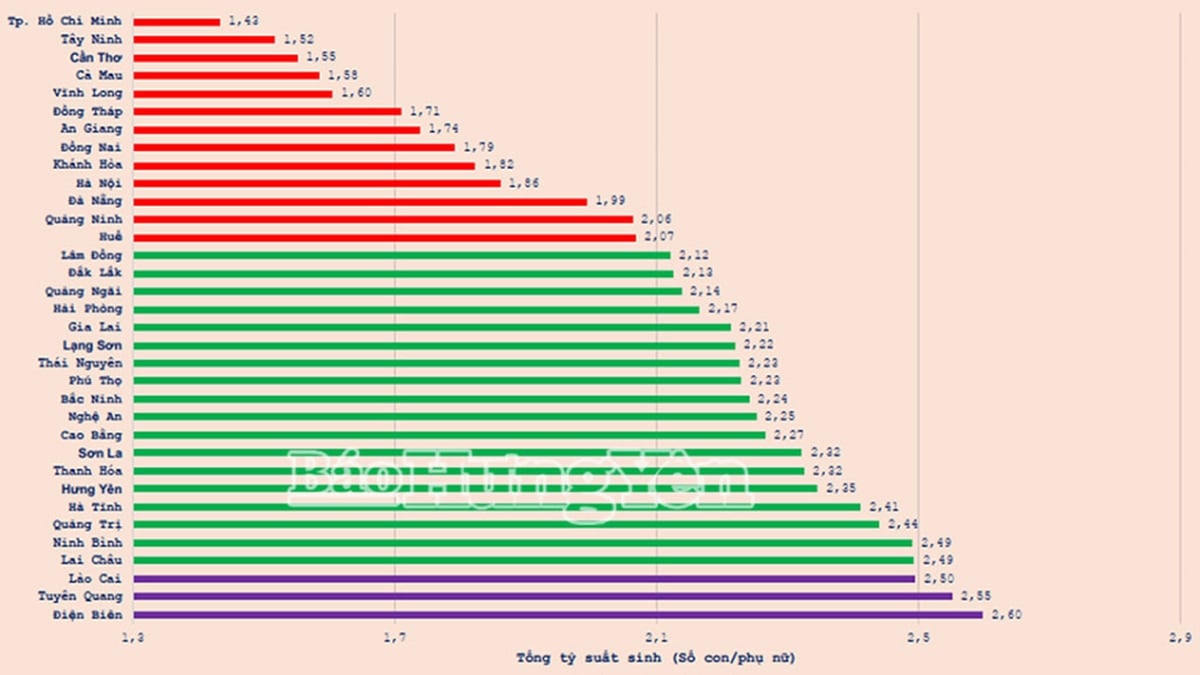
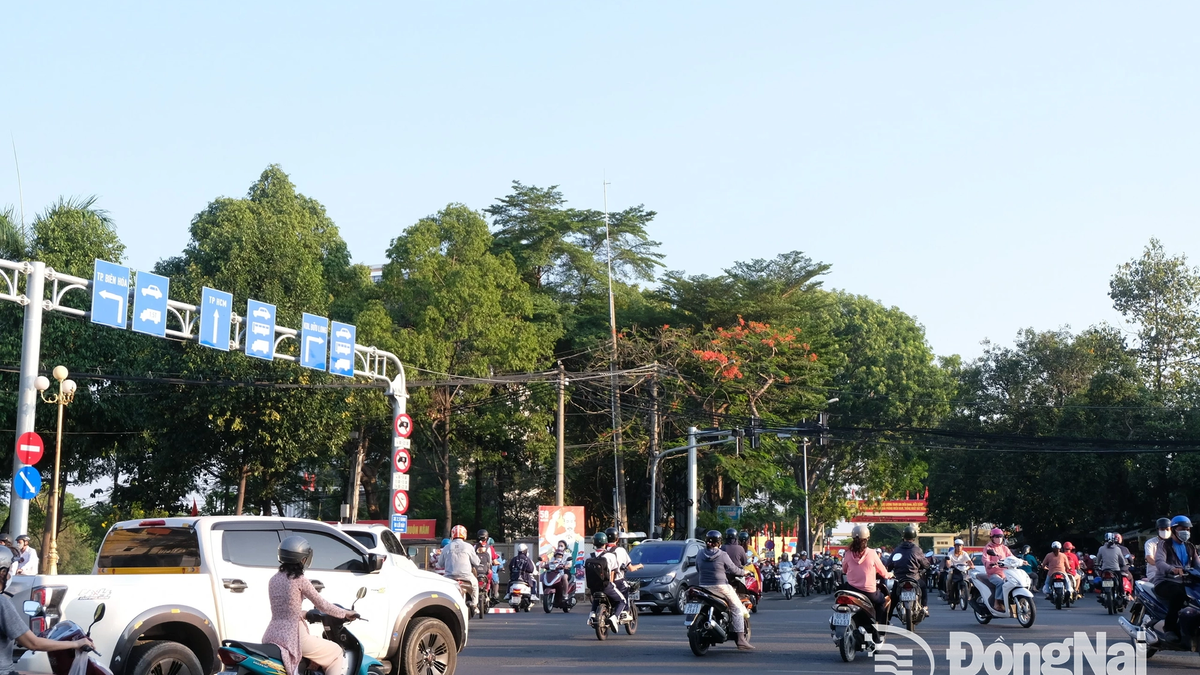



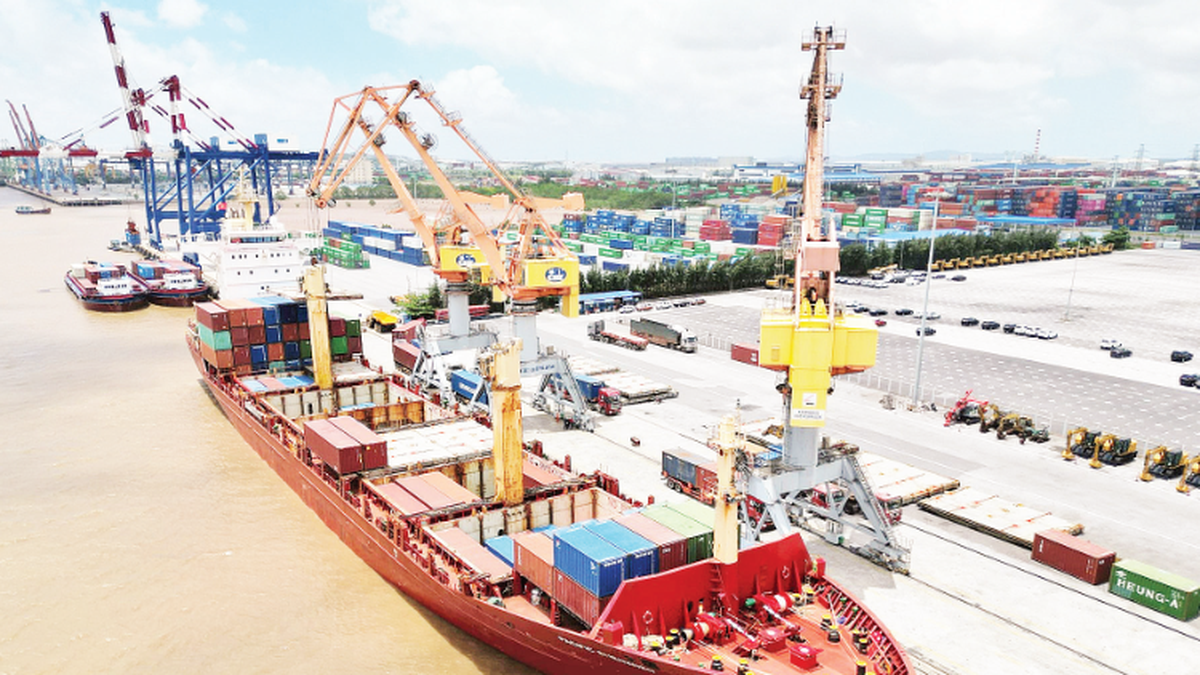

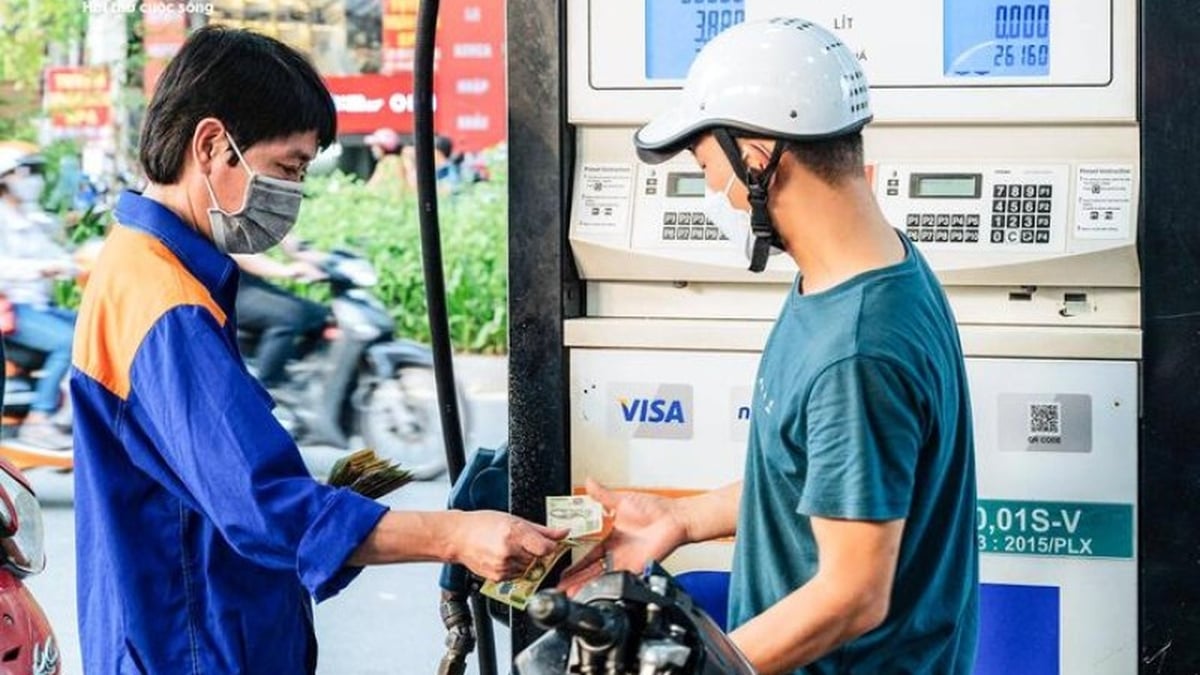
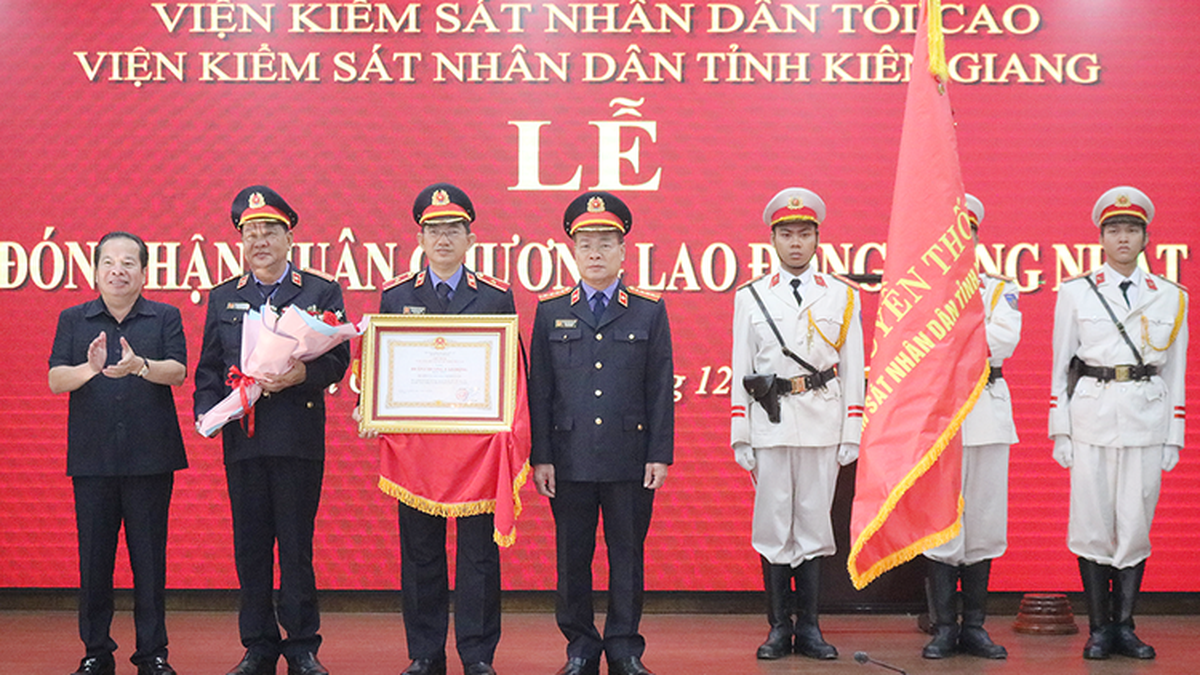











































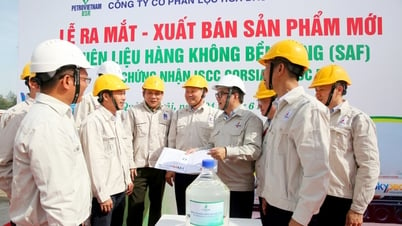





![[Maritime News] More than 80% of global container shipping capacity is in the hands of MSC and major shipping alliances](https://vphoto.vietnam.vn/thumb/402x226/vietnam/resource/IMAGE/2025/7/16/6b4d586c984b4cbf8c5680352b9eaeb0)








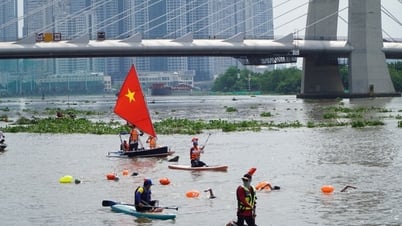



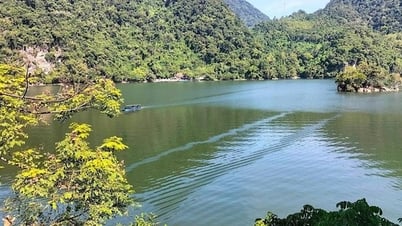

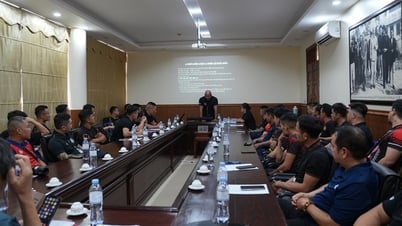























Comment (0)